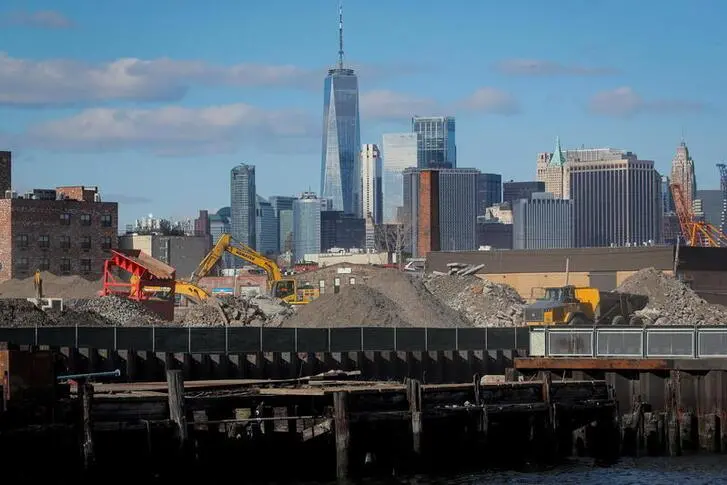PHOTO
(The author is a Reuters Breakingviews columnist. The opinions expressed are his own.)
NEW YORK - America’s decrepit infrastructure needs upgrading, but not everything President Joe Biden has in mind will have what it takes to lure in private investors. Water treatment is one example, where the need and returns to society are high, but the returns for capital providers might not be. Publicly desirable doesn’t always mean privately investable, but there’s room for both.
The American Society of Civil Engineers gives the country’s infrastructure a miserable C-minus grade. It estimates an additional $2.6 trillion is needed by 2029 to receive a satisfactory grade; without it, travel delays and unreliable utilities will cost $10 trillion by 2039. With so much need, and potential returns promising, it’s therefore important to squeeze as much as possible out of what lawmakers approve.
While private firms may be happy to invest in areas where returns are quick, relatively certain and accrue to the provider, in other areas, the government needs to step in. The classic example is basic research spending, but upgrading water supplies is another. Municipal-run systems serve 84% of Americans, according to the Environmental Protection Agency. Take the removal of lead pipes in poor areas, which can’t afford huge one-off costs. Biden’s plan would send $45 billion, mostly through the EPA injecting cash into loan pools administered by states, where the money is lent out to communities and repaid over decades. With some additional funding provided by the states, this should be enough.
The returns are also high for society. The Environmental Defense Fund estimated removing 9.3 million lines would generate the equivalent of $205 billion in value from reduced cardiovascular disease. Assuming a cost of $5,000 a pipe, that’s about a fourfold return. And that’s an absurdly conservative estimate. Lead exposure in children has been robustly linked to lower education and IQ, and higher rates of criminal behavior. Professor Peter Muennig at Columbia University estimates the present value of these costs is $50,000 per child.
Sure, the work is capital intensive and the owners may not be able to do it themselves. The benefits will take decades to fully appear and will be spread throughout society. But those are reasons the government should step in and put such projects near the top of their list. Biden’s first task is to identify worthy projects that investors don’t want – and make sure they happen anyway.
CONTEXT NEWS
- U.S. President Joe Biden is willing to push through his $2 trillion infrastructure plan without Republican support if he cannot reach a bipartisan deal, Energy Secretary Jennifer Granholm said on April 4.
- Biden has proposed a huge package of spending on transportation, drinking water, the electric grid, and lifting research and development spending, among other measures.
(The author is a Reuters Breakingviews columnist. The opinions expressed are his own.)
(SIGN UP FOR BREAKINGVIEWS EMAIL ALERTS http://bit.ly/BVsubscribe | Editing by John Foley and Amanda Gomez) ((robert.cyran@thomsonreuters.com; Reuters Messaging: robert.cyran.thomsonreuters.com@reuters.net))












